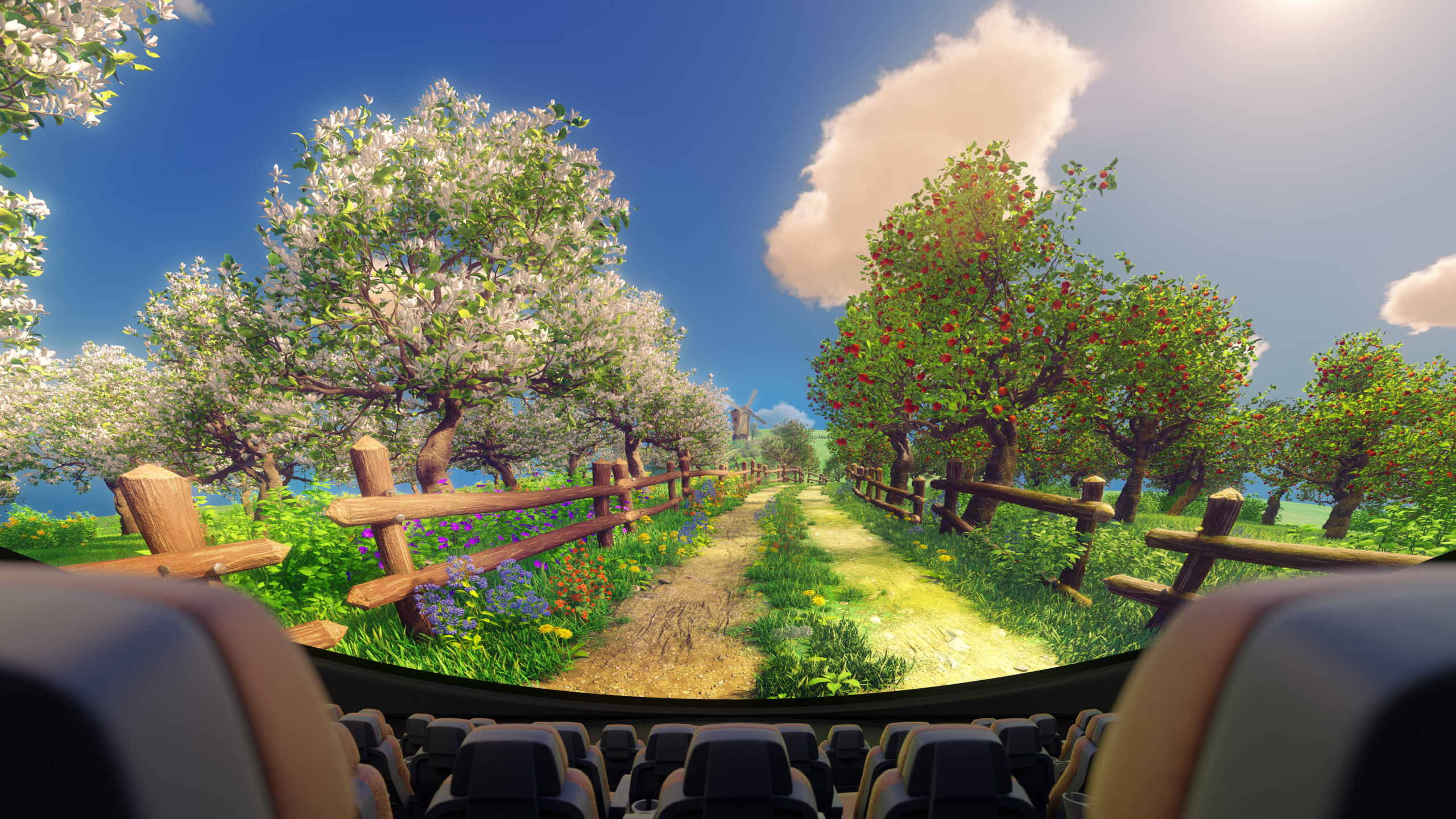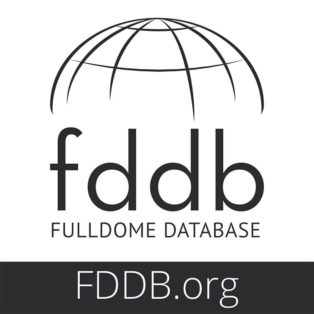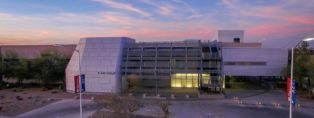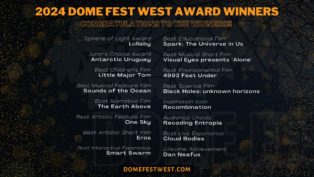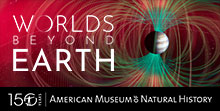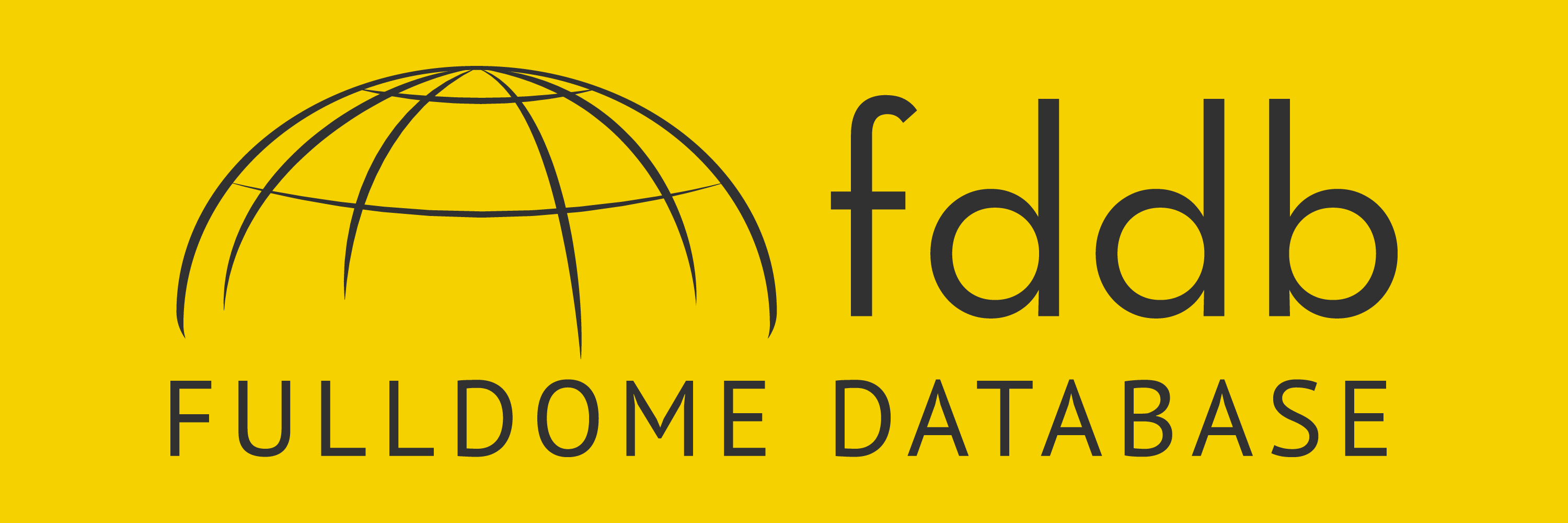Free Fulldome Assets to Enrich Your Planetarium`s Live Shows
Visiting a planetarium is a truly memorable experience. When viewers walk into the stunning planetarium room with its remarkable acoustics, they immediately become immersed in images and sensations that blend together the experience of theatre and the magic of cinema. There is tremendous potential here to create amazing shows. We’ve decided to share with you an asset pack full of appealing visuals, along with some suggestions on how they might be used to create impressive planetarium shows.
Two key elements needed for a great live show
With the experience we’ve gained, both producing fulldome films and hosting live shows, we know that a planetarium show will be particularly well-received by the audience if it contains two key elements: both a good story and aesthetically pleasing visuals.
First, the story
Any show (or film) should be based on a well-written, engaging, and carefully crafted story. In the absence of a good story, viewers will quickly get bored and weary. When we gather around an evening bonfire, we like to listen to interesting and exciting stories, not to school lectures. Scientific facts alone do not have enough power to hold the attention of viewers for a long time because they do nothing to engage their emotions. Telling a good story, on the other hand, creates a meaningful connection – this is something you’ll find in every book on storytelling and what underlies the success of all Disney and Pixar animations. It’s all about the story, story, story!
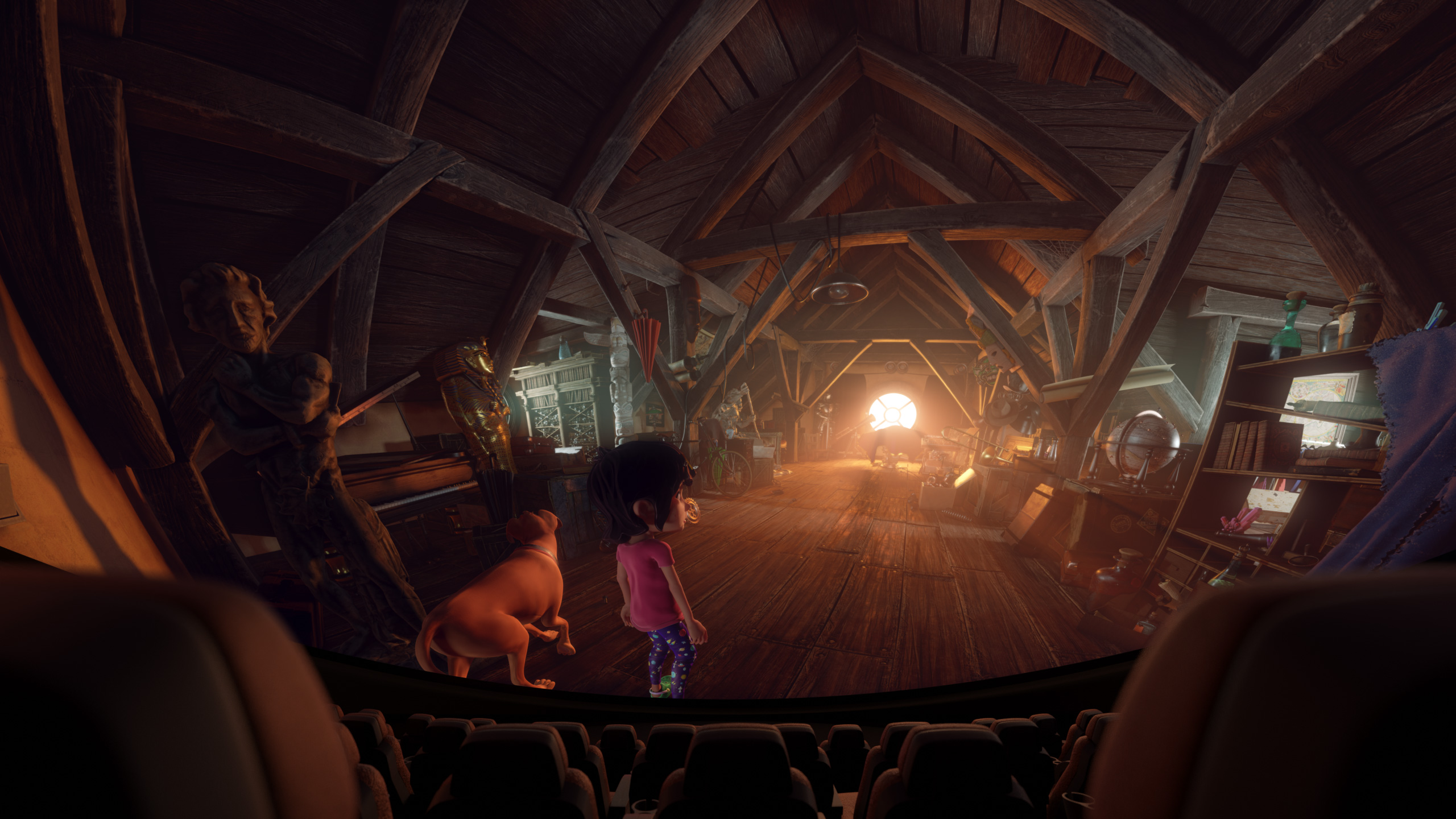
That said, we also want viewers to leave our show more knowledgeable than they came in; the mission of all planetariums is also to educate. But how can we strike the right balance between the educational need to convey scientific facts and the difficulty that presenting them poses? We should always take a hard look at every scientific fact to be presented (no matter if we are writing a new script or analyzing an existing show) and decide if it is truly indispensable to the story we’re telling and boosts its value. This is especially true for all statistics and figures – in astronomy, for example, we could present whole tables filled with data, but no one stands a chance of remembering even a fraction of them.
We should treat every piece of information as a promise. We promise to viewers that every piece of information will prove meaningful for the story. It must be written into the story for a reason. We should never make promises that we don’t intend to keep. This approach is called Chekhov’s gun, and it is one of the basic principles of storytelling. If a gun appears in your story, you must make sure it eventually goes off. If it doesn’t, you shouldn’t have included it in the story in the first place. The same approach likewise works very well in the context of scientific storytelling. When you cite too many scientific facts, you make too many promises. If they additionally prove irrelevant to your story, your viewers will quickly stop paying attention to what you’re saying.
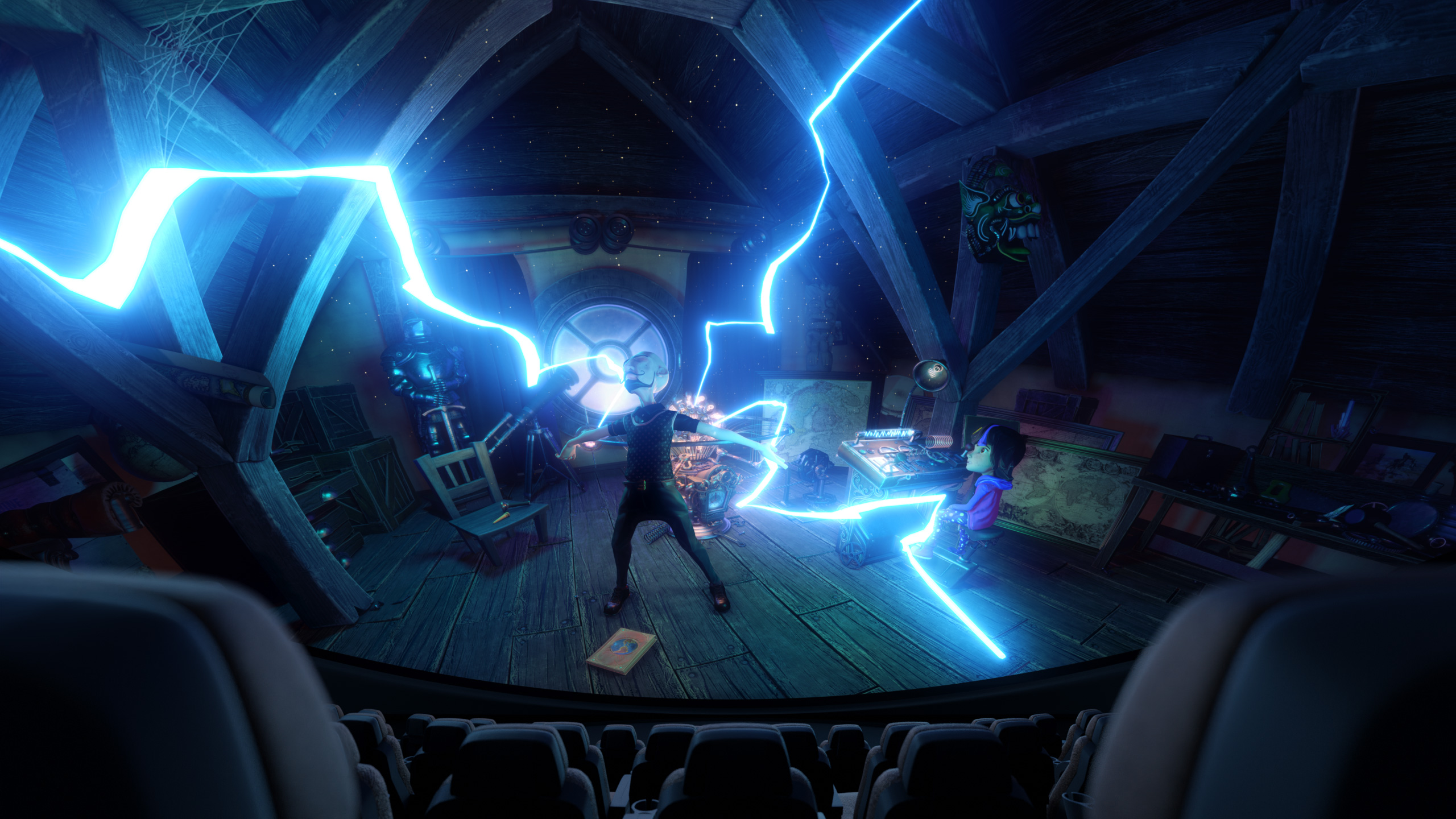
Unfortunately, all those fascinating pieces of information we are so eager to tell our viewers are far less fascinating to most of them than to us. After all, we’ve decided to work at a planetarium for a reason. This is exactly why we shouldn’t hope that viewers will remember all the science facts we present to them and treat them as important information. Rather, we should always be careful not to overload the stories we’re telling in the planetarium with facts, and we should prioritize the main narrative arc throughout the show. Otherwise, we may easily end up creating a show that is absolutely intriguing – but only to the presenter narrating it.
Second, the visuals
Everything shown on the dome must be appealing and visually gratifying. If we neglect this, viewers will get annoyed – not because they don’t like what they see, but because most of them will be comparing what they see on the dome to what they’re used to. And what they’re used to is the quality they know from the recent pop-culture blockbusters – the bright and sharp images they see in IMAX venues, animations akin to those produced by Pixar, special effects like the ones in the film Interstellar, and textures on a par with those seen in top computer games. We know very well that the bar is set quite high, compared to the technologies and budgets we have at our disposal. In a planetarium, this level of viewer experience is almost unattainable. Unfortunately, viewers aren’t aware of this, and they will notice every shortcoming. As show creators, however, we shouldn’t take offense. Instead, we need to be aware of this and strive hard to present only shows what viewers do not regard as deficient. All of this, taken together, might seem to indicate that our work at planetariums is doomed to fail. But in fact, the contrary is true.
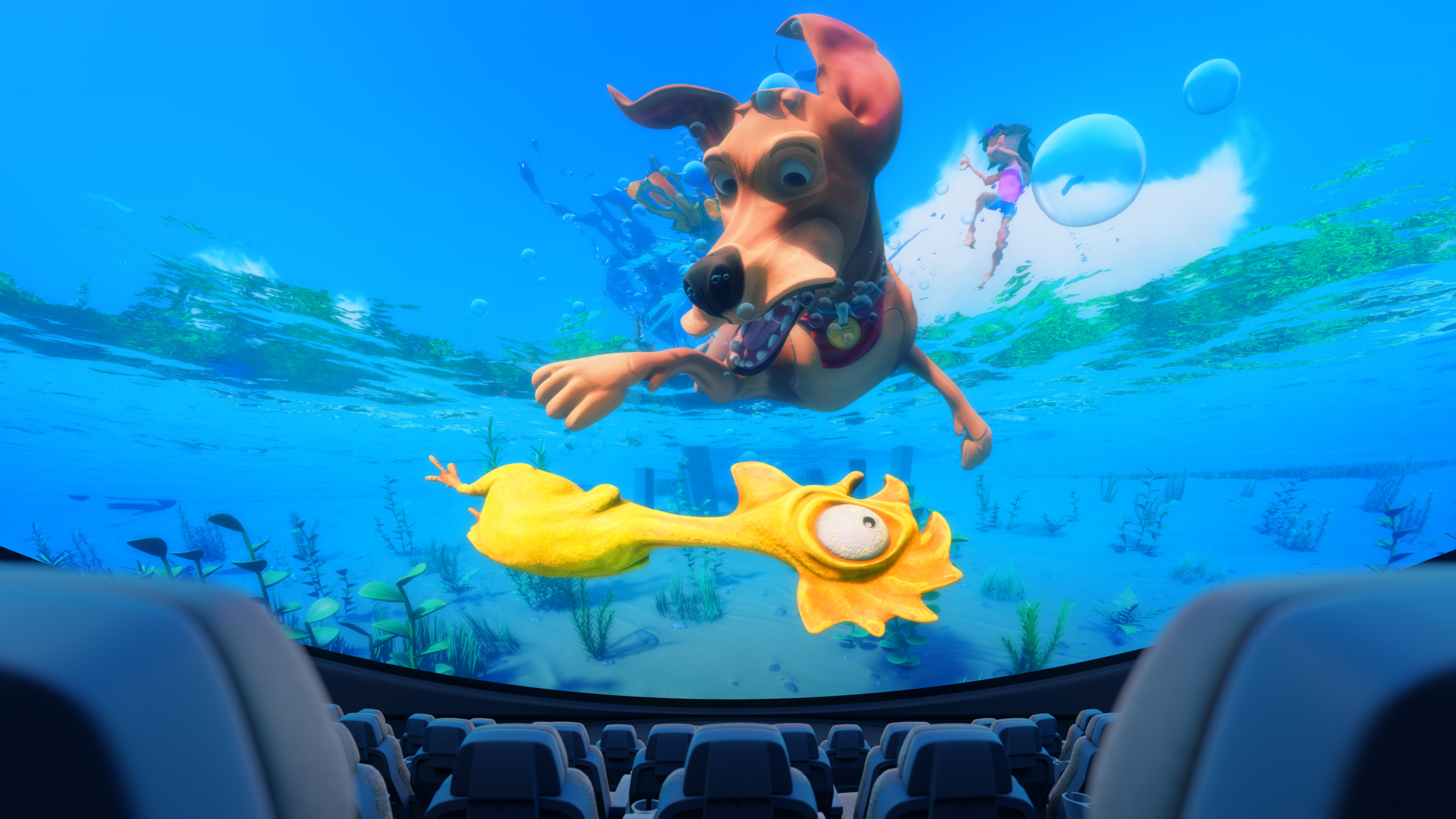
After all, when the very same viewers go to theatres, they’re not bothered by the fact that the scenery on stage is made of plywood and polystyrene foam. Why not? The set may be very simple, sometimes even symbolic, but it’s always aesthetically pleasing. And this is likewise crucial for planetarium visuals. No matter if we are creating a full 3D animation or a still set of panoramas that serve as the backdrop “stage scenery” for shows, the result must always be visually pleasing. Take, for instance, the appearance of the night sky in the first planetariums and the illuminated houses made of cardboard that were visible on the horizon of the dome. Was that advanced technology? Not by today’s standards. But was it visually appealing, engaging, and pleasing to the eye? Certainly.
A free asset pack based on the film Magic Globe
In order to make it easier for planetariums to create such shows – visually gratifying and based on a captivating story – we’ve created a pack of free fulldome assets that feature a rich set of panoramas based on our newest film called Magic Globe. The panoramas are mutually consistent and complete, so your whole story can be based on them. These visually appealing materials were designed under the watchful eye of Maciej Rasała, our award-winning fulldome Art Director.
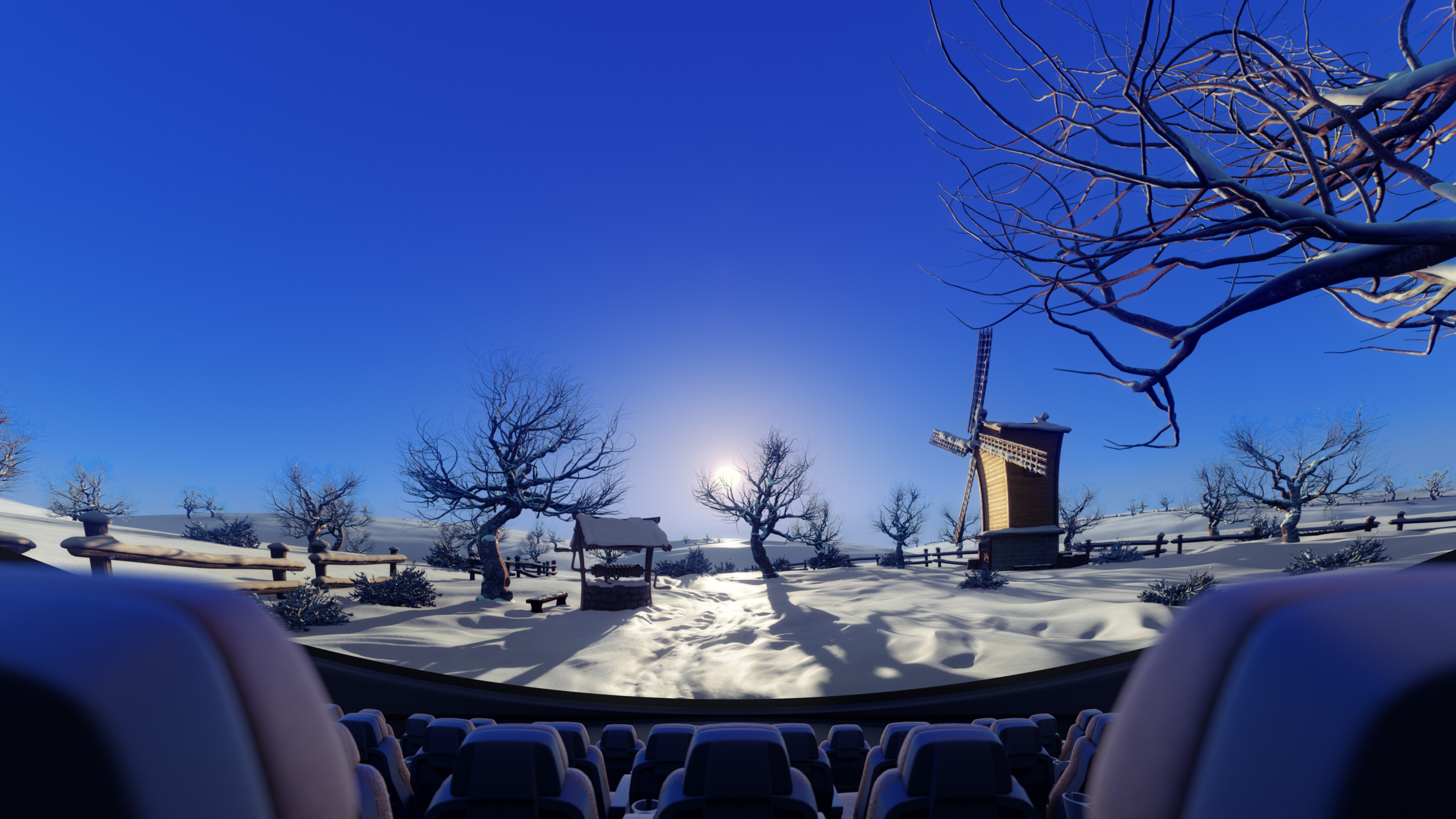
The asset pack features:
- Four picturesque-style rural panoramas depicting the four seasons
- Eight panoramas showing each of the seasons of the year in early and late versions (for example, summer in June and summer in August); each panorama is additionally available in day and night versions
- The Arctic in day and night versions
- The tropics in day and night versions
- A country house and a bonfire in a clearing – perfect for creating a storytelling mood
- A looping animation of a bonfire in a clearing
Thanks to the use of a transparency channel, the panoramas can be combined with the sky generated live by planetarium software, to create shows about stars and constellations that fit your needs.
The panoramas allow for smooth transitions between day and night versions and between different seasons to create seamless and smooth connections between individual scenes in a show.
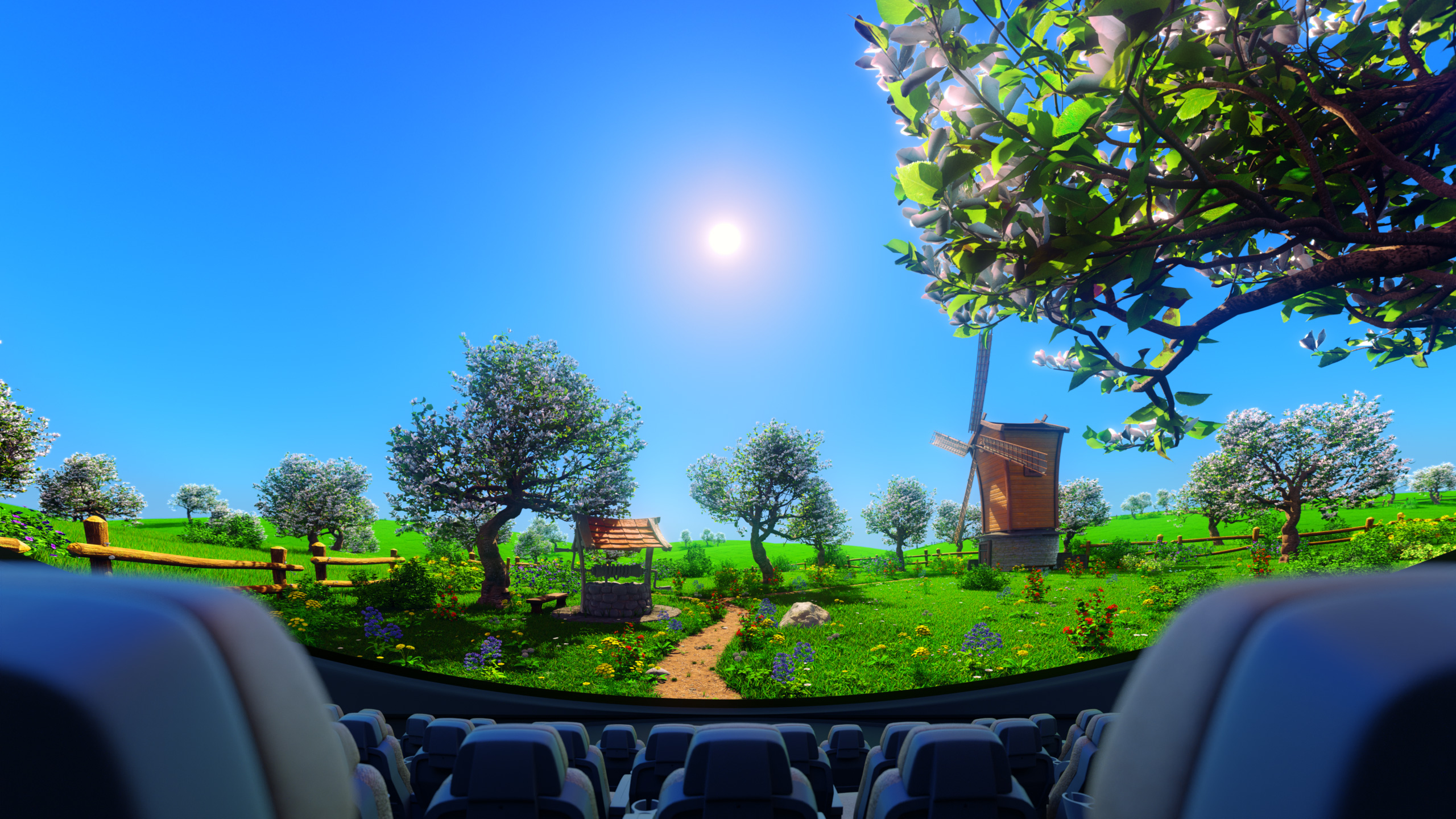
The looping animation of a bonfire, which is available in 8K resolution and uses a transparency channel, allows you to immerse viewers in stories about the sky in a casual yet idyllic way.
8K resolution is robust enough to meet the needs of even the most technologically advanced planetariums in the world.
The asset pack is available, free of charge, at: https://creativeplanet.pl/en/magic-globe-free-fulldome-assets/
Magic Globe
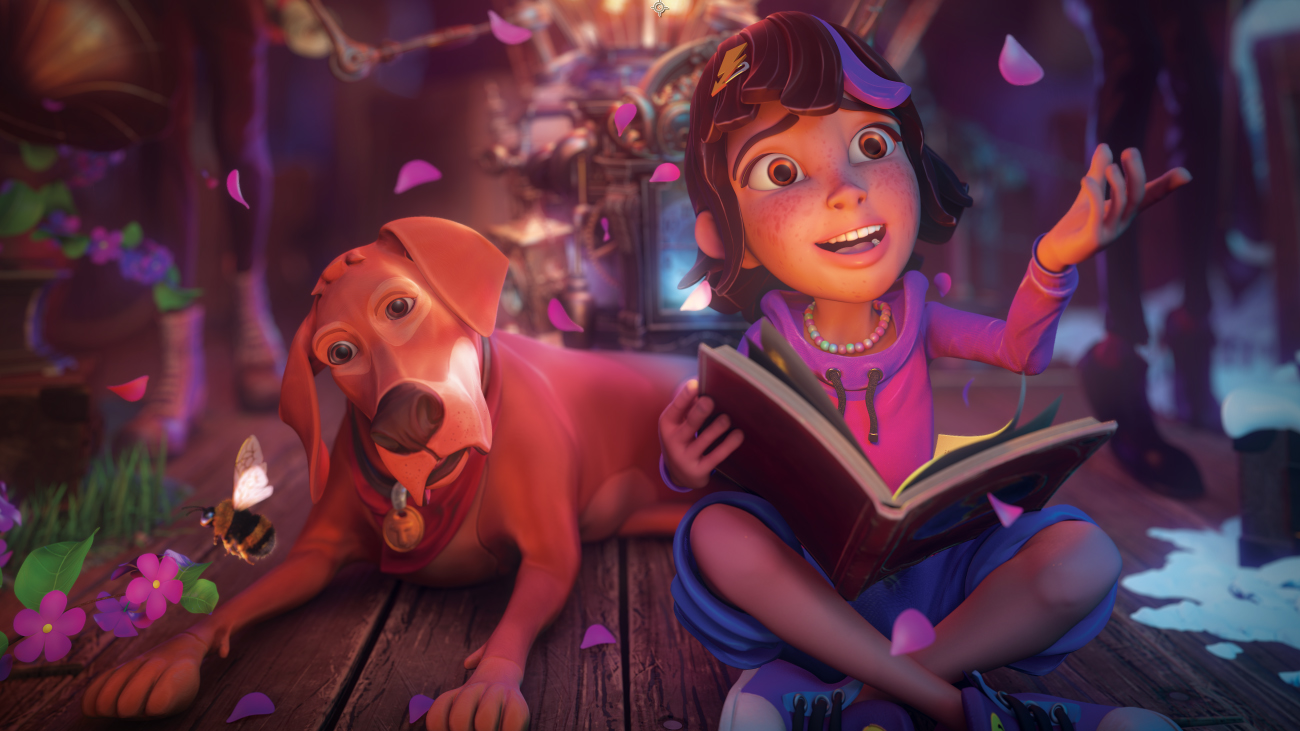
Using motion capture to bring characters to life, this beautifully produced fulldome feature film has a child-centred story that will enchant family audiences.
Magic Globe’s engaging story has a clear educational structure, designed to interest and challenge children from 5 to 12 years. Children can recap their prior knowledge and/or learn new concepts while the story carries everyone forward together, making it perfect for mixed-ability audiences.
Have you liked this post? Subscribe to FDDB Newsletter
Sign up now, it's free!









